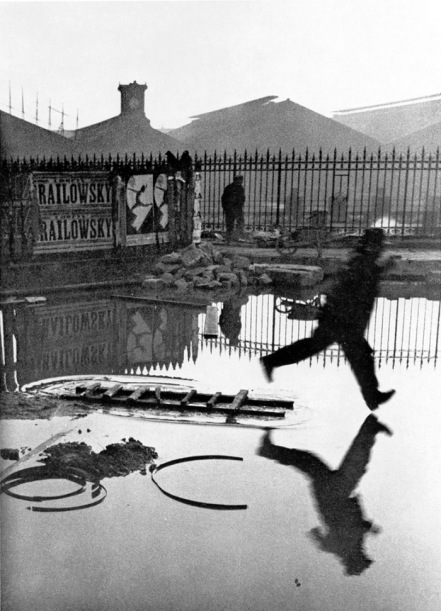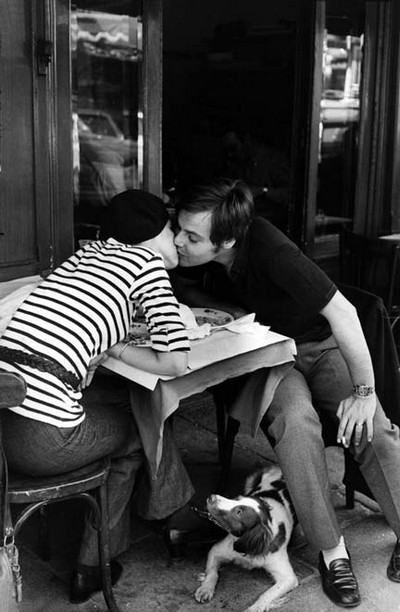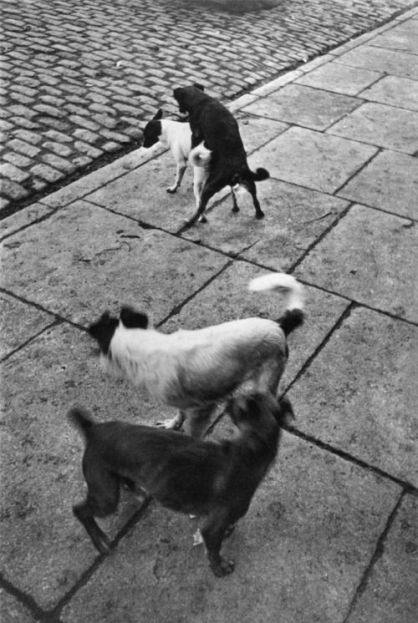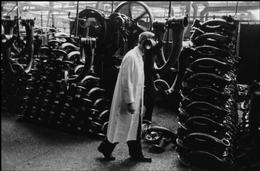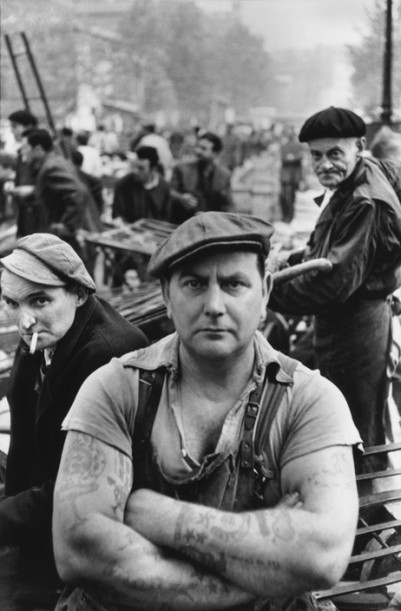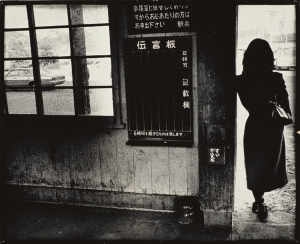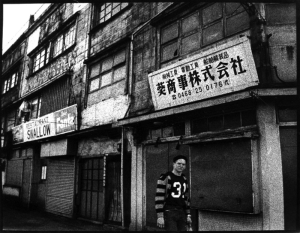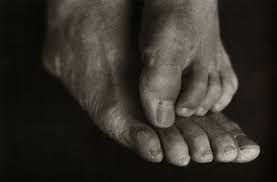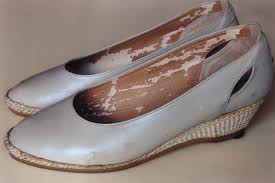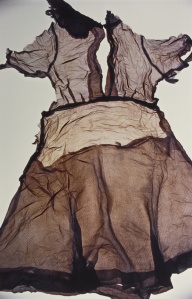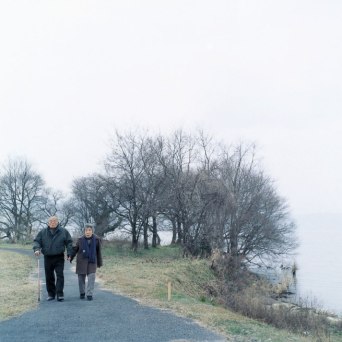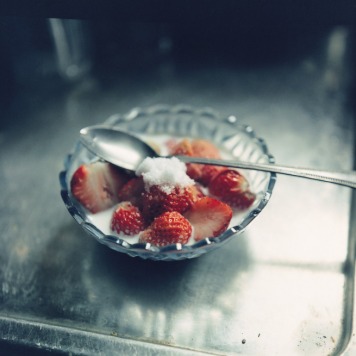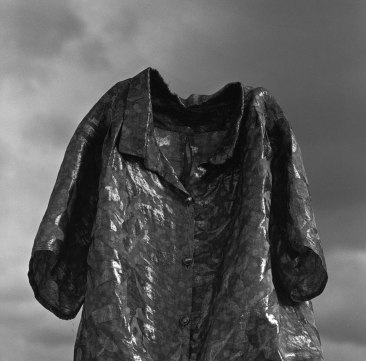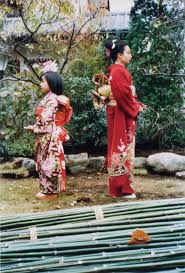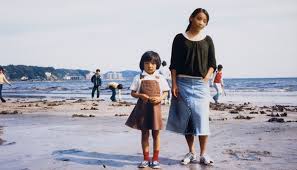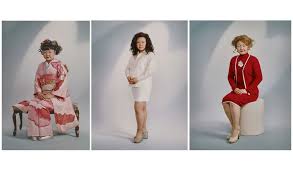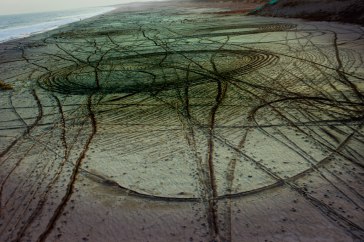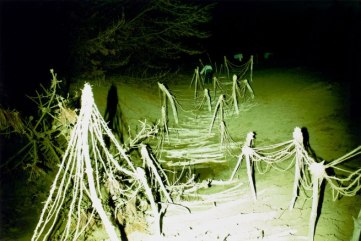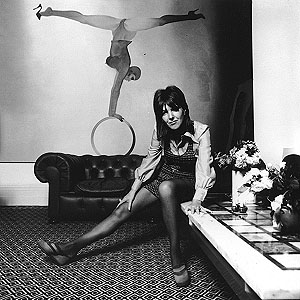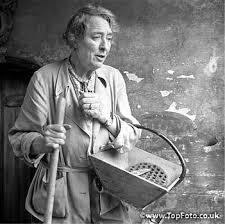 This exhibition was interesting if at times unbalanced and a little muddled, its overall theme seemed to be around creating and manipulating identity. Both Claude Cahun and Gilliam Wearing have created work that shows them moving between genders and personas in their photographic self-portraits. Cahun was part of the Surrealist movement in the 1920s and much of what remains of her work dates from then. Wearing is working today and acknowledges Cahun as one of her influences.
This exhibition was interesting if at times unbalanced and a little muddled, its overall theme seemed to be around creating and manipulating identity. Both Claude Cahun and Gilliam Wearing have created work that shows them moving between genders and personas in their photographic self-portraits. Cahun was part of the Surrealist movement in the 1920s and much of what remains of her work dates from then. Wearing is working today and acknowledges Cahun as one of her influences.
The exhibition starts with one Cahun’s images from her series “I am in training do not kiss me” along with Wearing’s homage to this work called “Me as Cahun”. Cahun’s image gives the impression of her as a circus act sitting heavily made up holding what, today at least, look like rather comic dumbbells. To me this sense of humour is largely missing from Wearing’s picture in which she is wearing a mask and makeup took like Cahun, sitting in a very similar pose and holding another mask.
When writing about an exhibition like this there is always a temptation to present it as a competition, who is the winner the 1980 Surrealist or todays conceptual artist? I do not want to fall into that trap so I will discuss each artist’s work independently before drawing some comparisons at the end.
Claude Cahun
Claude Cahun was one of the few woman Surrealists in Andre Bretons group in the 1920s but her work was largely forgotten until she was rediscovered in the 1980s. Since then her work has featured in many exhibitions around the world.
Due to her sexual ambiguity Cahun’s work is very much in tune with the sexually ambiguous looks that are popular with today’s Instagram generation. She has been called by critics “Cindy Sherman before her time” and has been positioned her as a forerunner to the work on many artists working today. However, there is no evidence Sherman or many other artists whose work critics claim was preceded by Cahun had ever heard of Cahun before she was rediscovered. However, Gillian Wearing is of a few artists who does acknowledge Cahun as an influence.
Cahun has a complex character, born Lucy Schwob she changed her name to one she regarded as being gender neutral and in her self-portraits, she appears in both mescaline and feminine dress.
Some of her work has a surrealistic style, notably the picture below of her reflected in a mirror with close cropped hair and sexually ambiguous dress. As her eyes are looking to the right the camera her reflection in the mirror looks quite different from the face the camera sees directly. It almost looks like we are seeing her twin through a window rather than two pictures of the same person. Considering this work was created in 1927, it looks very modern, It has a style that is reminiscent of the 1980s or perhaps even more recently.

The picture below of Cahun as “a dandy” shows a very male persona both in dress and pose. This picture is perhaps a typical example of a Cahun self-portrait in a masculine persona it shows that rather than just dressing in male clothes she is able to project through her pose more of a male presence and does not look like many pictures of women in drag.
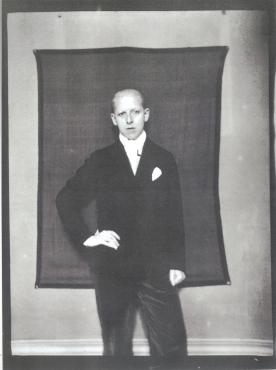
In another work from the 1920s she appears in a female persona wearing a clock decorated by masks. We can think about this image as having a message, which is the real me the face you see or one of the masks?

Masks appear in several Cahun’s works, like the one below her posing naked except for a mask.
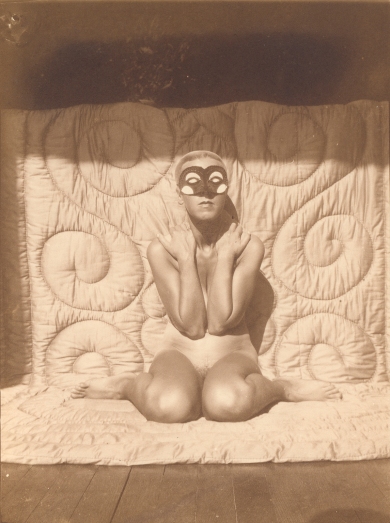
Cahun was imprisoned and even at one time sentenced to death during the Nazi occupation of Jersey. Shortly after the war she is seen in the self-portrait below dancing on a sea wall that had been built by the Nazi’s this image a care free celebration is perhaps a comment on the defeat of the Third Reich or just an expression of joyous relief that occupation is over?

In a more obvious way the picture of her biting on a Nazi medal seems to be a clear statement of victory over the Nazis.

Claude Cahun wrote “Behind this mask another mask, there can be no end to these disguises”, this thought is reflected in some of the examples of her work above. Which is the real Claude Cahun? Dressed as man she doesn’t look masculine but neither does she look like a woman in drag similarly dressed as a woman she does not look feminine but again neither does she look like a man in drag. Her work is all about creating her own identity or perhaps many different identities to mask her true personality.
Claude Cahun’s work was largely forgotten until she was rediscovered in the 1980s.In her latter life she lived in Jersey and much of her work was destroyed during the Nazi occupation but what remains has made her something of an icon for art critics who have praised her blurring of gender and identity and recognise in her work themes that are much more common today
Gillian Wearing
Gillian Wearing is one of the so called YBAs (Young British Artists) who emerged in the late 1980s she is best known for her work documenting everyday life through photography and video. A lot of her work focuses on individual identity and blurring the line between reality and fiction. This exhibition is not a full retrospective of Wearing’s work rather it focuses on her self-portraiture. In this work as she often uses makeup and more recently computer image processing to appear as others or herself at different times of her life.
Position in one of the first parts of the exhibition was a work with a similar theme of multiple personas to the Claude Cahun mirror picture above. In Wearing’s self-portrait, she is seen sitting holding a picture of her sitting holding the same picture giving the idea of an infinite number of persona’s rather than just two in Cahun’s work.
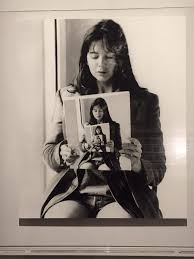
Masks also play a significant role in Wearing’s work, she has used masks in a series of work where she recreates herself at different ages, for example “Self Portrait of Me Now in Mask” shown below. Initially this work looks like a straight forward self-portrait but looking closer around the eyes the edges of the mask can be seen, looking more closely the mask gives a rather unrealistic almost frozen appearance to the portrait.

Waring has also used masks and other prosthetics to appear is self-portraits as other members of her family or other famous people. The works below “Self-portrait as my brother” and “Me as Mapplethorpe” are examples of this aspect of her work. In all this work Wearing is stretching the idea of self-portraits and confusing the concept of persona.
Finally, there are examples of portraits by Wearing of other people where masks are feature, for example the portrait of Shami Chakrabarti the human rights lawyer and campaigner where Chakrabarti holds a mask of a sterner looking version of herself. This portrait is a response to those people who in the past criticised Chakrabarti for her worthy mask like face but in the context of this exhibition it appears as yet another way presenting different personas or perhaps question what is the real persona of the subject.

Before visiting this exhibition, I had not been aware of Cahun’s work and had not really looked at Wearing’s work beyond the series of pictures of people holding up signs on which were written statements which represented what they wanted to say. I really enjoyed the exhibition and found it very thought provoking, I wish I had seen this work before starting the people and place module. If I had I would have taken a very different approach to some of the early exercises and assignments.







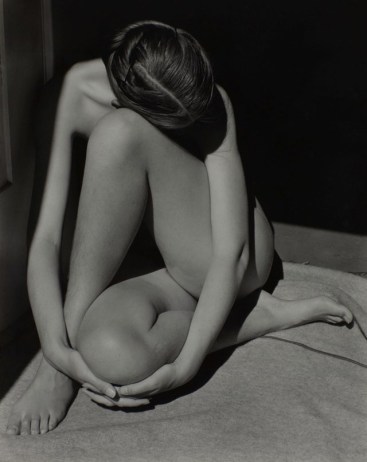





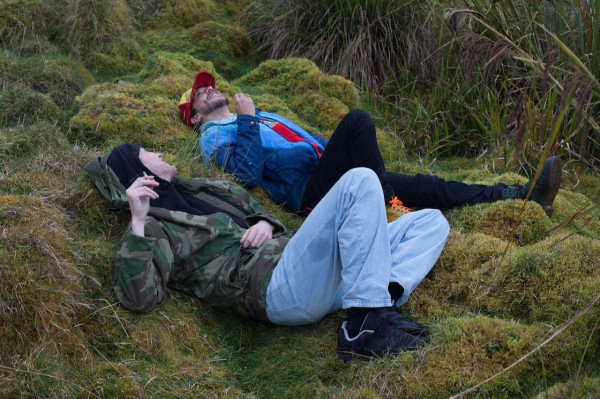
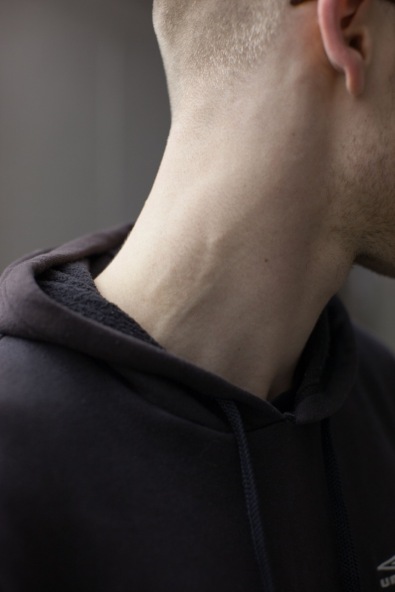
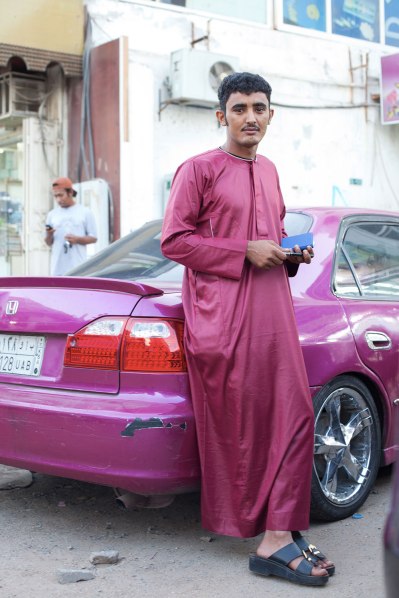


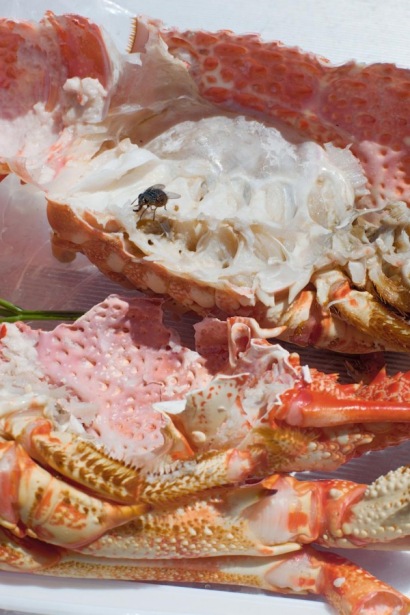



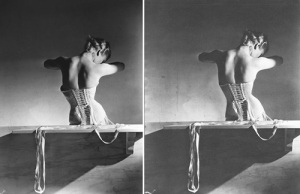
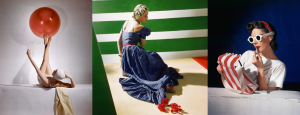


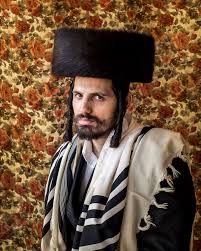

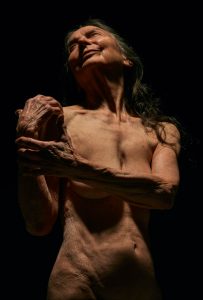

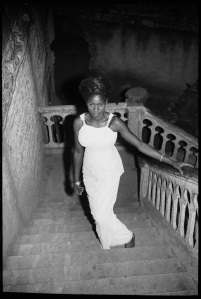
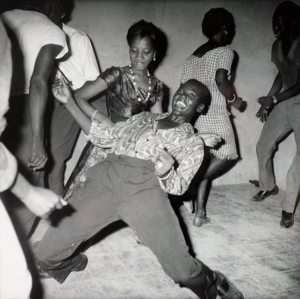

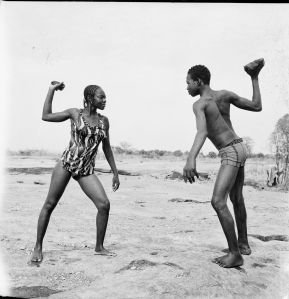


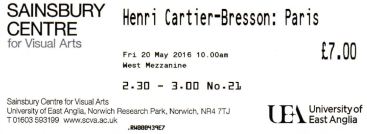 Sainsbury Centre for Visual Arts
University of East Anglia
20th May 2016
Sainsbury Centre for Visual Arts
University of East Anglia
20th May 2016
